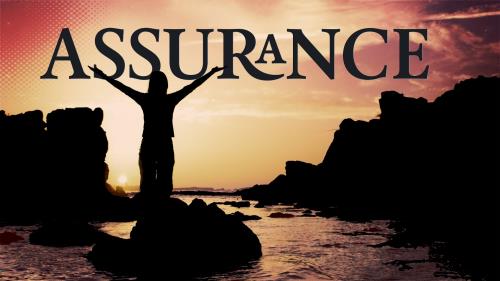-
The Cross Is No Idol
Contributed by Ronald Harbaugh on Mar 25, 2006 (message contributor)
Summary: 4th Sunday in Lent, Series B. Although Hezekiah had to smash the serpent Moses made of bronze, the cross of Christ is forever our salvation.
4th Sunday in Lent March 26, 2006 “Series B”
Grace be unto you and peace, from God our Father and from our Lord, Jesus Christ. Amen.
Let us pray: Dear Heavenly Father, as we move through this season of Lent, and closer to our remembrance of your Son’s passion, help us to gain a deeper appreciation of his sacrifice for our redemption. Through the power of your Holy Spirit, open our hearts to your word, that we might come to true repentance, and embrace with deepened faith the gift of life that you make available to us through the cross which Christ bore for us. This we ask in his holy name. Amen.
Our Gospel lesson for this morning begins with Jesus saying “Just as Moses lifted up the serpent in the wilderness, so must the Son of Man be lifted up, that whoever believes in him may have eternal life.” Of course, what Jesus is referring to is the story that appears in our first lesson from Numbers.
Thus, I would like to begin my meditation by exploring this strange story from Numbers. Here, we find the people whom God had freed from their bondage to slavery in Egypt in the midst of their journey to the new home that God had promised them. But the people became impatient with the hardship of their travels, and begin to grumble and complain to God and Moses about their situation.
And who among us has not, on occasion, grumbled to God about certain situations that we have found ourselves having to cope with? I think we all have, at one time or another, given thought or voice to grumbling. In fact, the Book of Lamentations, and many of the psalms do the same thing, leading us to believe that it is acceptable to lay our frustrations and laments before God.
But for some reason, according to this story, God was not sympathetic to the people’s complaints. And in what seems to me to be an overreaction to the situation, God sends poisonous snakes among the people, and the snakes bit the people, so that many of them died.
Snakes! Now there is a creature that can totally unnerve some of the calmest people I know. I will never forget the time that my brother and I were looking at a taxidermy display in a sports shop, when all of a sudden my brother let out a bellowing “ooh” and jumped backwards about six feet in a single bound, almost knocking over an older woman standing behind him.
There, in the corner of the display, only a few feet from him, was a coiled rattlesnake, mounted as if it were ready to strike. Rick had seen all that he wanted to see of that display, and was ready to leave. Even though he knew that the snake was dead, he couldn’t stand to go near it.
Well, the snakes certainly did the trick. According to the story, the people acknowledged their sins against God and Moses, repented, and asked Moses to pray to God, that he might take the snakes away from their midst. So Moses prayed for the people.
But God didn’t take the snakes away! He didn’t remove the threat of death, which was the consequence of their sins. Rather, God instructed Moses to make a replica of the snake, and place it on a tall pole, which would be visible to the people. And whenever a person was bitten, they could look at that snake of bronze and live.
This is, for me, the most troubling aspect of this whole story. After all, it led the people to believe that there was some mystical power in this graven image that Moses had created, rather than in the power of God to save them from the consequences of their sins.
Thus, as is recorded in the 18th chapter of 2nd Kings, when Hezekiah became king of Israel, it is recorded that he did what was right in the sight of the Lord, and smashed the bronze serpent that Moses had made into pieces, because the people were beginning to worship it and make offerings to it as an idol.
So what does Jesus mean, when he says in our Gospel lesson, “Just as Moses lifted up the serpent in the wilderness, so must the Son of Man be lifted up, that whoever believes in him may have eternal life.”
First of all, I think we need to realize that there is a clear distinction that needs to be made between the bronze snake that Moses molded and placed on a long pole, and the flesh and blood of Jesus, the incarnate Son of God.
When Jesus was lifted up on the cross, he was not an inanimate object. He was a live, breathing human being, who felt the pain of the nails that attached him to that pole on which he was lifted. And on that pole, on that cross, his life’s blood flowed from his wounds, and the breath of life ceased to fill his lungs.

 Sermon Central
Sermon Central



